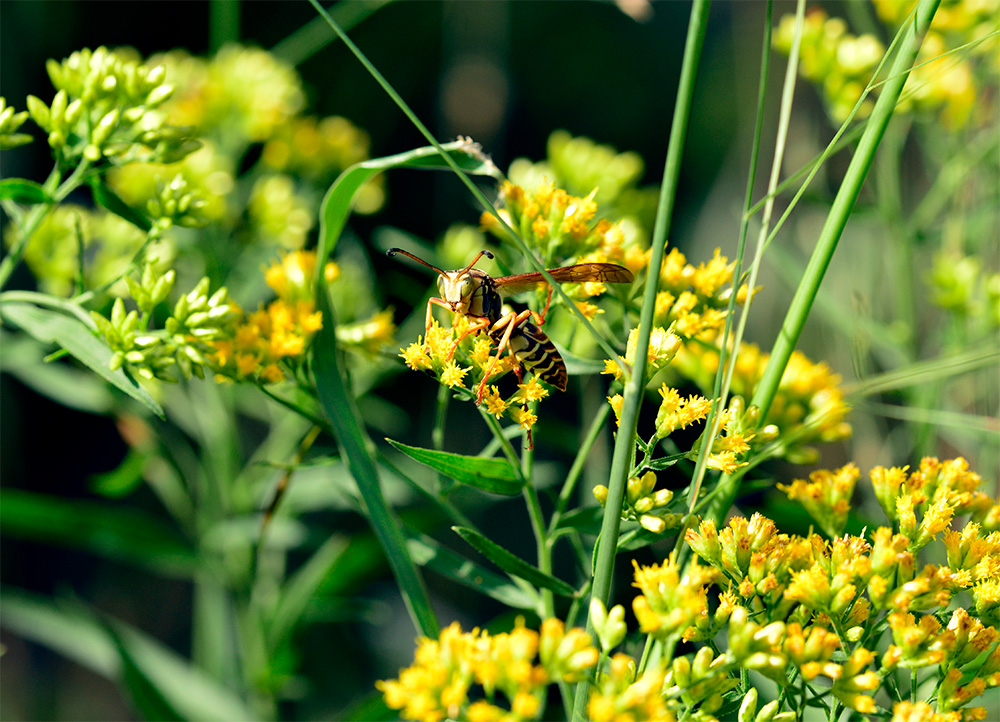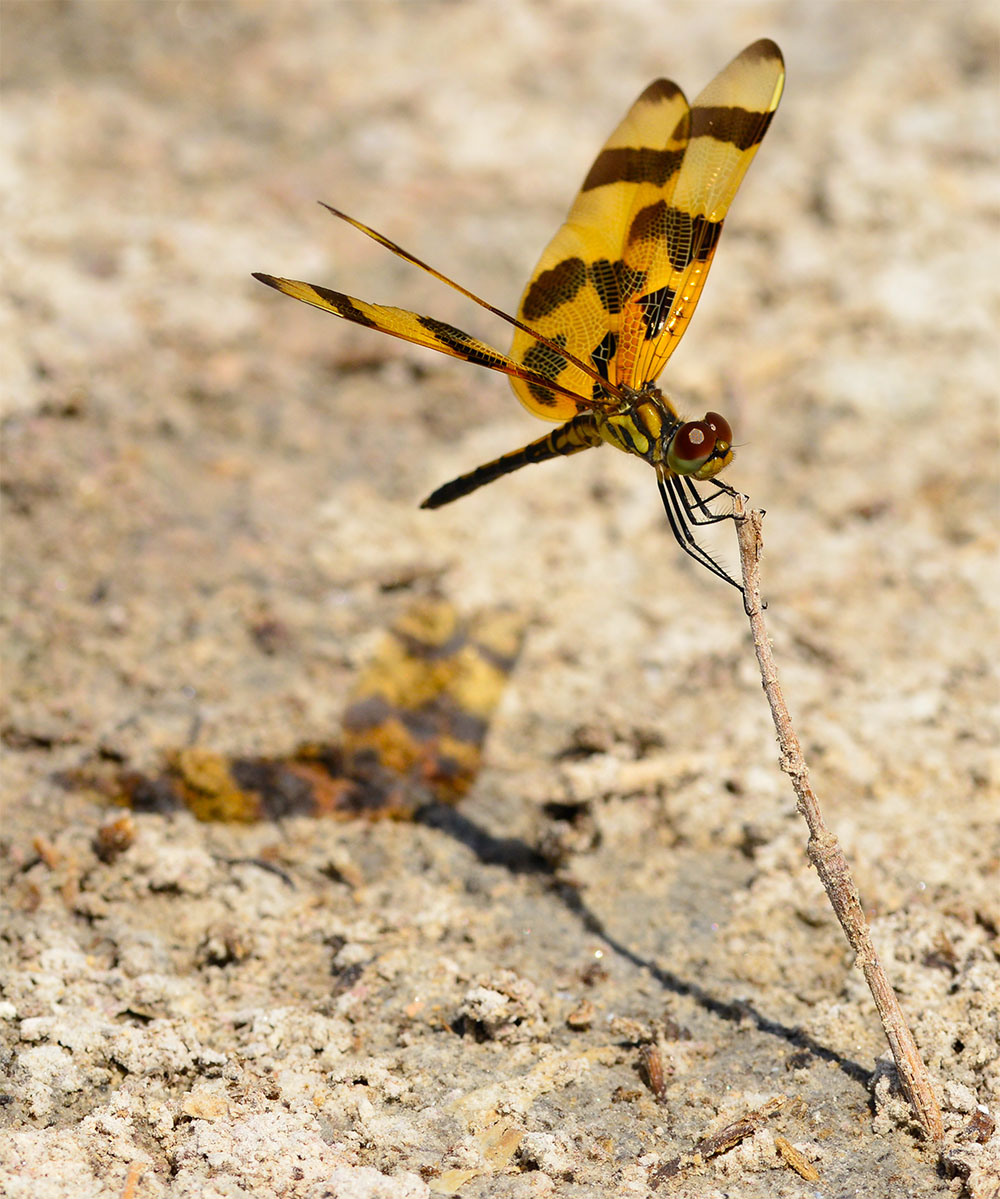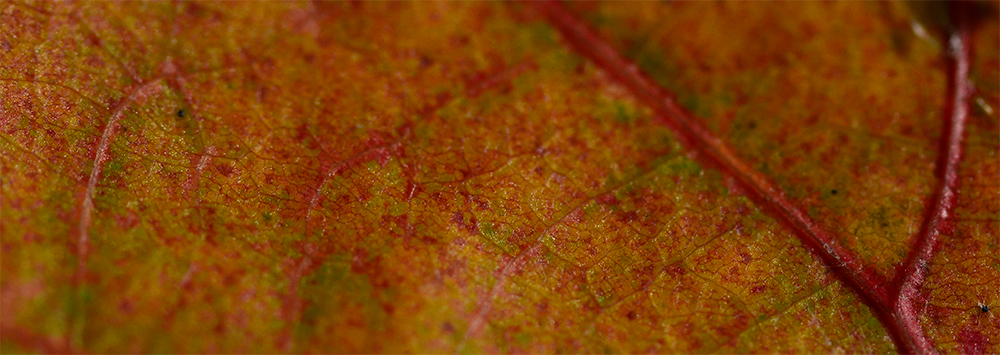Paper Wasp – IUCN Conservations Status: Insufficient Data Wasps can sting repeatedly This fascinating pollinator is a paper wasp. These wild looking wasps measure in at about an inch. Their body coloration ranges and may include yellows, oranges, reds, and browns. This paper wasp even appears to have green eyes! Bee Why is it called a paper wasp? These […]
Eastern Bumblebee
Common Eastern Bumblebee – IUCN Conservations Status: Least Concern As they fly from flower to flower, the bumblebee collects pollen between the its hairs This might be the most common bee to see if you are an east coaster. The common eastern bumblebee is found across the eastern US, southern Canada, and the Great Plains. Their fuzzy […]
Winged Ant on a Daisy
Oxeye Daisy – IUCN Conservations Status: Insufficient Data Winged ants have elbowed antennae When you think of pollinators, a winged ant probably isn’t what comes to mind. However, zoom in on this winged ant and you will see its body is covered in pollen. You may also be asking what’s the difference between a winged ant and […]
Alligator Close Up
Alligator – IUCN Conservation Status: Least Concern In colder weather alligators may even enter a state of hibernation Getting up close and personal with an alligator can sound intimidating! Matt and I are able to safely engage with nature by using the right equipment. In this case, it was a DSLR camera with a super […]
Halloween Pennant Dragonfly
Halloween Pennant Dragonfly – IUCN Conservation Status: Least Concern These dragonflies are only about 1.5 inches long! Let’s unpack this interesting name for this interesting creature. The primary body colors of orange and black make it easy to understand why it is called a “Halloween” dragonfly. The “Pennant” part of the name comes from this dragonfly perching […]
Texas Virgin’s Bower
Texas Virgin’s Bower, Clematis – IUCN Conservation Status: Varies This was the most remote night of camping in my life Two of the photos that I took this month were from a trip to Big Bend National Park that I took with Matt, Nick, and a good friend Kenny in the fall of 2021. On […]
Cardinal Catchfly
Cardinal Catchfly – IUCN Conservation Status: Varies I took this shot with a 1/500th shutter speed This is one of two photos from this month’s gallery that come from Big Bend National Park in Texas. This photo was taken on my first full day in the park. I was descending from the highest point in […]
Green Anole
Green Anole – IUCN Conservation Status: Least Concern The scientific name is Anolis carolinensis This photo was taken on the island of Kauai in Hawai’i. My wife, Jill, and I were coming down from the summit of Sleeping Giant on the east side of the island when I saw this little green anole hanging out […]
Oak Leaf
Northern Red Oak – IUCN Conservation Status: Least Concern Oak trees are the national tree of the United States You are looking at a macro shot of an oak leaf during fall foliage. I love macro photography because it allows you to see something better than you can with your naked eye. Here is a full-sized photo […]
Katydid
Katydids – IUCN Conservation Status: Varies The lifespan of a katydid is about a year This wild desert creature is called a Katydid. These grasshopper looking insects can grow to five inches in length. They are generally green, and have long hind legs and long antennae. Their antennae can actually be longer than their body. Katydids are a challenging […]









